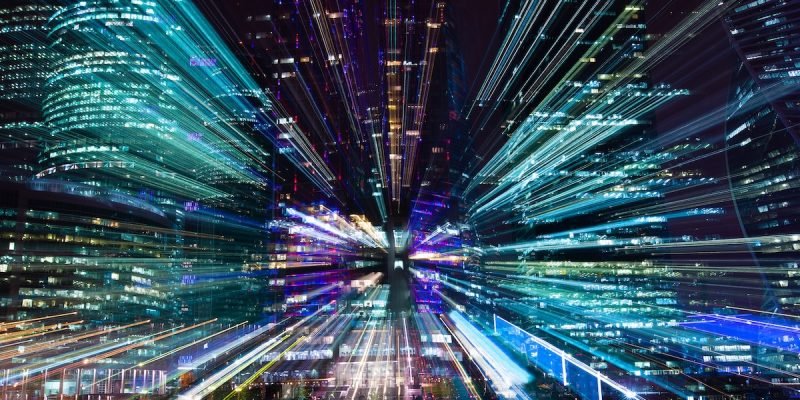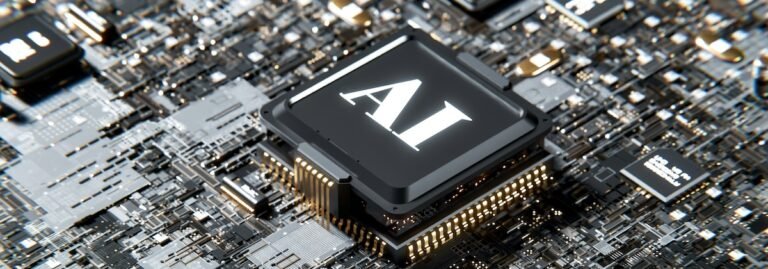
Image generators are large neural networks created and trained to generate realistic images with desired features. These features can be given in a form of an input image and a specification of the image features that are to be created based on this information (e.g. change of the season in a given landscape, replacement of the photo background, etc.), as well as in the form of a verbal description of the desired image content. In the training process, these models learn to transform images (from a given input image or from random noise) so that they correspond to the description or classification given in the input.
As in the case of other models based on neural networks, creating an effective image generator requires training on large sets of labeled data, and the selection and method of preparing training data determines the quality of the resulting model. The type of data is determined by the type of model, and their amount is usually in the order of tens of millions of records. For this reason, training an image-generating network requires significant expenditure both on data acquisition and preparation, as well as on providing appropriate computational resources for the training process.
Depending on the model, data preparation includes obtaining and selecting appropriately diverse images and associating them with a category, verbal description or other labels describing the features of the image.

There are three most popular classes of image generating models: GAN (Generative Adversarial Networks), VAE (Variational Autoencoders) and diffusion models.
GANs consist of two competing models: generating and discriminating. The generating network creates an image based on the input data, which is then fed to the input of the discriminating network, whose task is to detect forgery, i.e. binary classification of the received image as real or artificially generated. In the training process, the generating network learns to transform the input data into an image so as to minimize the difference with the real image corresponding to this input. The discriminant network learns to distinguish real from generated images based on the marked training set of photos. These networks work in opposite ways, i.e. an increase in the effectiveness of one of them is equivalent to a decrease in the effectiveness of the other. Therefore, the training process is coupled and a balance must be maintained between these two components of the system.
VAEs represent a different approach to image generation. They learn the distribution of the input data and, on this basis, generate images that are similar, but not identical, to the input ones. The process utilizes encoder-decoder architecture: encoding of input images to a representation in a smaller space (compression) is followed by reconstruction (decoding) from this space to the output image.
Diffusion models are yet another technique. The images are generated iteratively. Image generation starts from a random noise and is executed in multiple consequent denoising and refining steps that utilize diffusion. Diffusion steps gradually refine the image by adding some noise to the current state of the image. This iterative process of adjusting pixel values is stopped after all steps are completed and a full image is generated.
The ability to produce realistic synthetic images demonstrated by generative AI opens up new possibilities. Computer vision is definitely one of the areas which can benefit from such solutions. Efficient training of an AI model for object detection or scene segmentation typically requires significant number of diverse annotated images. The size or imbalance of the original dataset can be improved using traditional augmentation techniques such as rotations, flips, crops etc. These methods however, only transform the existing images and do not introduce more diversity into the dataset. On the other hand, image generators are able to create synthetic images based on textual description (prompts) or alter the existing image by context, scenery, lighting, season and many more. For this reason, image generators become a powerful tool in deep learning models’ development.
However, the successful application of generative AI for data augmentation purposes requires as much a good quality generative model as the right prompts. BoBox can help you to effectively extend your image dataset by generating good-quality synthetic but realistic images based on the delivered sample.
Generative AI models, particularly those for computer vision tasks, require datasets that capture the underlying distribution of the target domain accurately. Here are some specific considerations for preparing datasets for generative AI models:
If you do not feel strong enough to organize this type of team and process yourself, do not hesitate to ask for help from companies such as ours. With a good specialized team, your chances increase, and why should you learn from your own mistakes? Using the knowledge transferred, in a relatively short time you will gain the necessary knowledge to continue this type of work on your own.